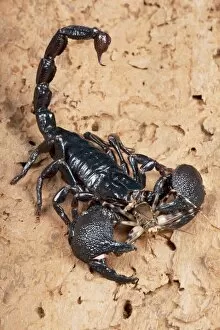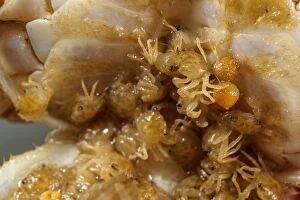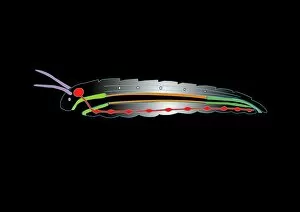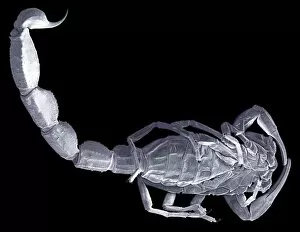Telson Collection
The telson, a distinctive feature of various arthropods, is showcased in this captivating collection of images. In Picture No
All Professionally Made to Order for Quick Shipping
The telson, a distinctive feature of various arthropods, is showcased in this captivating collection of images. In Picture No. 10735461, we are presented with a close-up view of the telson shape of an adult female freshwater crab (Potamon fluviatilis) found in the beautiful region of Tuscany, Italy during August. The intricacies and uniqueness of this appendage are truly mesmerizing. Continuing our exploration into the world of freshwater crabs, another image reveals the incredible bond between mother and offspring as young ones are carried within the protective pouch formed by their mother's telson. This heartwarming sight was also captured in Tuscany, Italy during August. Shifting our attention to Emperor scorpions, we witness their predatory nature through two striking photographs where they feast on crickets. These carnivorous creatures utilize their powerful pincers and venomous stingers located at the end of their telsons to subdue and consume their prey. In addition to living specimens, we delve into fascinating artwork depicting arthropod anatomy including that of crustaceans and scorpions. These illustrations provide us with a deeper understanding and appreciation for these remarkable creatures' intricate structures. Lastly, a glimpse into history is offered through a photograph showcasing a crustacean fossil preserved over time. This relic serves as evidence for the existence and evolution of these ancient organisms throughout Earth's history. Overall, this diverse collection highlights both the beauty and functionality embodied by the telson across different species within the arthropod family. From its role in carrying offspring to its use in capturing prey or even being immortalized as art or fossils; it is clear that this unique appendage plays an essential part in shaping life on our planet.











